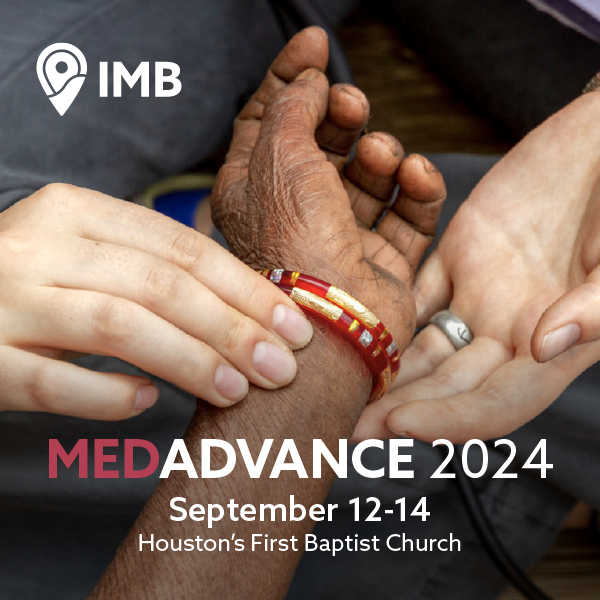
RIDGECREST, N.C. (BP)–“Every church should want to grow larger,” Steve Echols told smaller-church pastors during the National Conference for Church Leadership at LifeWay Ridgecrest Conference Center, but he cautioned them to “get over the feeling of inferiority.”
Echols, director of the professional doctoral program and associate professor of church leadership at New Orleans (La.) Baptist Theological Seminary, told pastors, “No church is as big as it should be until every person in the community has been reached.”
Pastors of smaller churches face a challenge in learning what Echols called “the secrets of the setting. All churches have secrets,” he said.
“Some smaller churches used to be larger. Did the demographics change? Did a change in the church’s vision cause a split? Did something like a building program divert the church from its mission? You can’t unlock the door to new growth until you understand what has changed.”
Echols said a pastor might discover the church has a “fractured foundation,” having been started on one issue of worship or individual practice that excludes some potential new members.”
On the positive side, smaller churches may have a comfortable efficiency, resulting in a higher percentage of member attendance, Cooperative Program giving and higher member-to-baptisms ratio than may be found in larger congregations.
To discover secrets and key facts about the life of the church, Echols urged smaller church pastors to learn from senior adults.
“They need your visits, they know the history and they can help you. In many cases, if they say you are OK, the younger members will feel you are OK, too.”
Learning from the unchurched about the church and what it should be doing can help, Echols said. He recalled that in one community he asked directions to the church a few blocks from the building only to find no one knew where it was located.
Other keys to successful leadership of a smaller church he cited included:
— commitment to being inclusive, both in strategic planning and church polity;
— commitment to maximizing small-group potential by stimulating creativity and training for discipling and evangelism; and
— commitment to unleashing lay potential through preaching and teaching about spiritual gifts, staffing from within the church and giving people permission to be creative and to fail.
“Sometimes you will need to be a director, sometimes a coach and sometimes a supporter,” Echols said.
“We are in a changing environment in which people are exposed through technology to other preachers and teachers. It is a terrible miscalculation,” he observed, “to assume members of smaller churches are less educated than those in larger churches.”
He said people in all churches have greater expectations of the skills of their leaders than in the past, and in smaller churches, the greater risk is that one’s weaknesses are more visible because there may not be another staff person to cover that weakness.
Pastors in smaller churches must keep balance among the responsibilities of proclamation, administration/leadership and shepherding, he cautioned.
“If you get out of balance, you are going to hear about it. A lot of wisdom is needed to know when to fulfill each of those roles, but use flexibility as God leads you.”
The pastor-staff leadership department of LifeWay Christian Resources of the Southern Baptist Convention sponsored the National Conference for Church Leadership at LifeWay Ridgecrest Conference Center, June 25-29.
–30–















